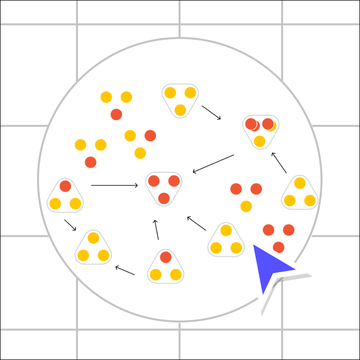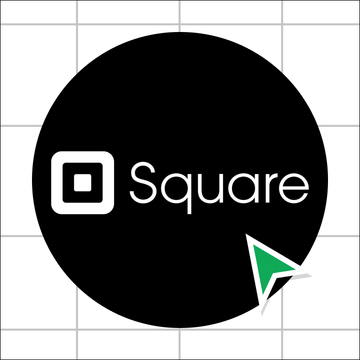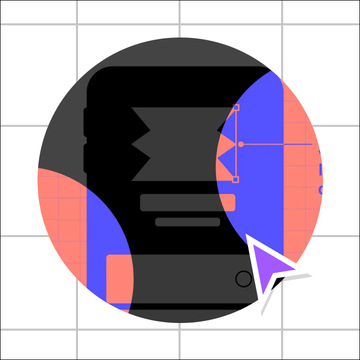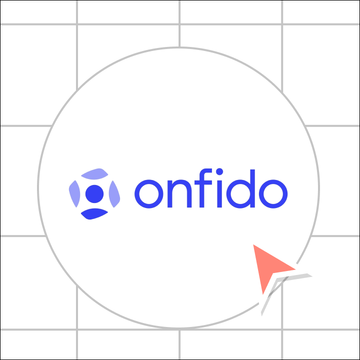How Carta evolved their brand to meet their growth into a platform
Carta, much more than cap table management
Carta and the world of equity management for private companies have come a long way since 2013.
“Before Carta, public companies could issue electronic stock certificates, but private companies needed to use paper certificates. You could buy a share of Apple stock, click a button and buy a share online. But, if you wanted to invest in two founders in a garage, it would take 60 days to close, $20,000 in legal fees, and you would get a paper stock certificate in the mail.” explains Henry Ward, Carta’s CEO.
Carta solved this problem by allowing companies to issue shares electronically, and in the process they also became the central registry of ownership for public companies.
Today, Carta has evolved even further to be the leader in the equity management software space; with services ranging from 409A valuations to software that helps venture investors keep track of their investments, form funds, and manage SPVs. This growth has led Carta to go from one product offering to a comprehensive platform–that manages $2.5 trillion in equity value for over two million shareholders.
As Carta’s platform grew, the team saw an opportunity to evolve their brand too. Xuefei Zhang, a Senior Visual designer, was tasked to lead the charge for a rebranding effort, leveraging Figma for this massive task.
Distributed, but closer than ever
Xuefei works with a team of designers across Carta’s web, illustration, and graphic design projects. The team is often stretched, with their work in high-demand across the business. And potentially not unique to Carta, the team has never met in person, but have used Figma to build an incredibly strong, digital culture.
The team meets in a fairly standard way, kicked off by a meeting every week to sync on new marketing requests. They also meet bi-weekly during their ‘creative weekly’ sync in Figma where they share new tools, components, and plugins that they’re working on, as well as their favorite illustrations, movies, and music. The goal is inspiring one another to be better creatives.
Tapping into a broader creative community was actually what drew Xuefei to Figma in the first place, “one of the greatest things about Figma is the huge community, and the fact that everyone shares their designs, teaching each other, and developing together” she said. Figma’s creative community, coupled with the ability to deliver innovative solutions to customers quickly was a win-win for Xuefei and Carta.
Carta’s product design team also regularly uses FigJam to brainstorm and collaborate, and Xuefei even uses FigJam for personal pursuits, “I’ve used FigJam for running Music Video productions and projects - it’s a powerful tool for all kinds of projects.”
A great rebrand starts with great foundations
As Carta’s product offering developed, so did the need for their brand to evolve. Tasked to rebrand the company, Xuefei and her team wanted to be ambitious. With the help from Studio Mococo's initial creative direction, this work aimed to represent Carta’s move to a platform and the rebrand needed to capture this–as well as their commitment to being a long-term partner to their customers. Xuefei knew that it would be far more than just new creative work. The team at Carta would also need to build processes that scaled the new branding over time, and across their teams.
For the rebrand work, Xuefei and team turned to Figma to overhaul their design process. Without Figma, Xuefei and the team would have had to jump from 3D modeling software, to high fidelity illustration solutions, back into a design solution, and back and forward, losing track of their workflow, or struggling to find the right file, or version. It would’ve been slow, inefficient and staying aligned would have been a nightmare. But by using Figma, the team was able to spend all their time in the one place, collaborating across teams, and most importantly, getting creative with their isometric illustrations using lined styles and components.
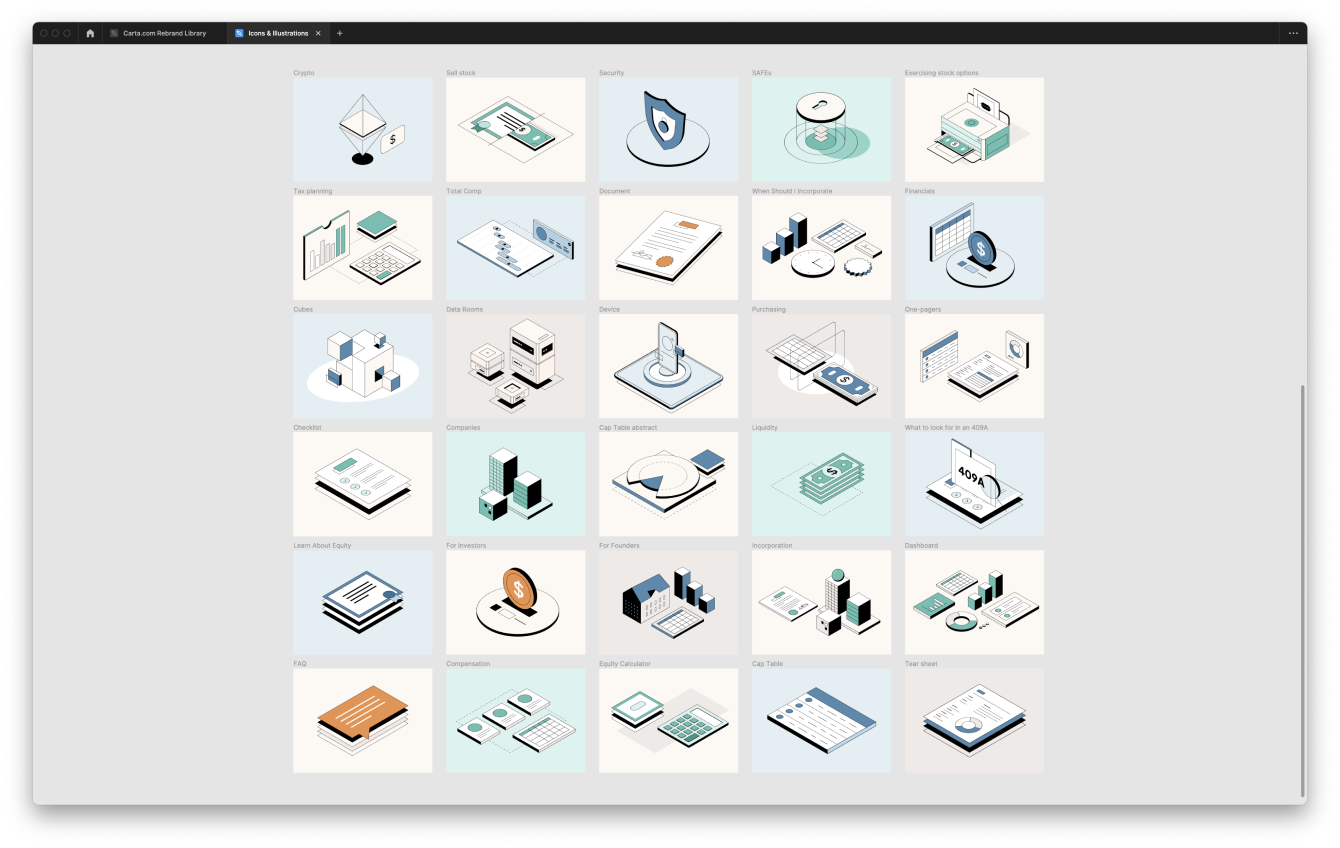
To support the rebrand, the team built out a robust design system, which enabled them to bring their illustrations to life across web, product and every other marketing touchpoint. Every illustration and design was easy to select and deploy too, as Carta was able to build set fonts, colors, and components–growing their illustration library to over 300 high fidelity and consistent designs.
Balancing this creativity and process was something that Xuefei and her team could only do in Figma:
"Figma is like an endless playground for us to explore and collaborate. We share new design resources like plugins and templates with each other. And Figma also works as the single source of truth for our design components to help us scale new projects efficiently."
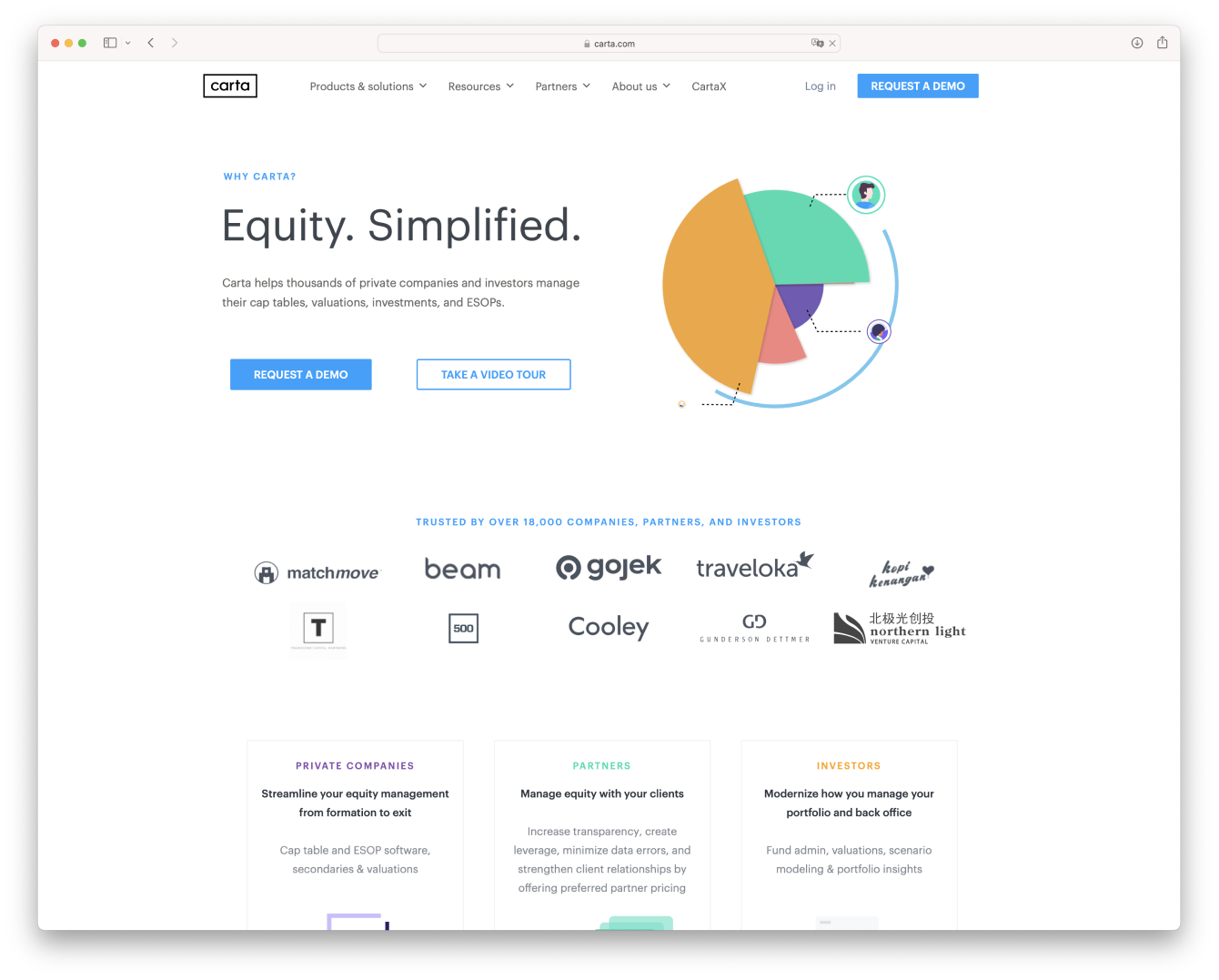
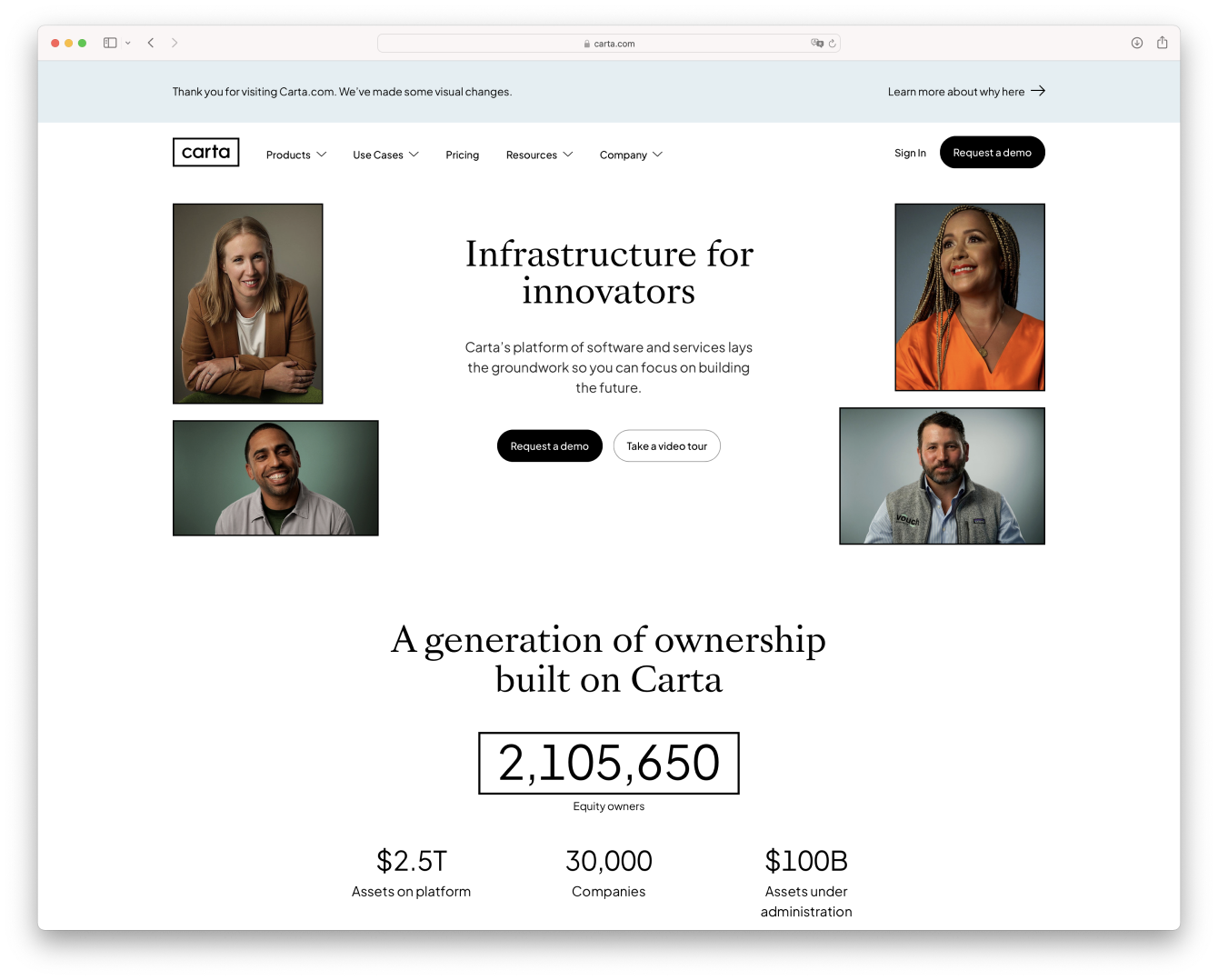
One place to collaborate with their web and copy teams
The benefits of having a robust design system built out for their rebrand didn’t stop with their design team. With standardization around components, colors, and illustrations, it meant that Carta’s front-end web teams were able to build gorgeous pages, much faster than before. Their sales and marketing teams were able to reuse these assets across all of their touch-points too. Now that their components, designs and styles were centralized, Carta no longer had to worry about inconsistency and misuse.
Figma also made it much easier for cross-functional teams to collaborate during the rebranding process. With Figma, their front-end developers were able to experiment with components and provide feedback in one central location and their copywriters were able to edit copy in situ. Teammates across web and design can see exactly what a page should look like and give feedback or edit the copy of those pages.
In fact, Carta now uses Figma across multiple product and brand teams, because it brings their cross functional teams closer, and helps them build better products and customer experiences.
“Figma streamlined our design process by making it easy for us to share our prototypes and design system all in the same space, but it has also allowed engineers to collaborate on our designs and project managers to provide feedback and track progress. Collaborating in Figma has brought us all closer as a team, despite our locations” Samuel Ong Sze Hern, Senior Designer
In the end, Xuefei and team were able to build a robust design system that aligned with their brand, and was built to scale as their products and web surfaces grew. The rebrand took the team just two months from start to finish, with Xuefei estimating that Figma saved at least two weeks of work for the team at Carta.
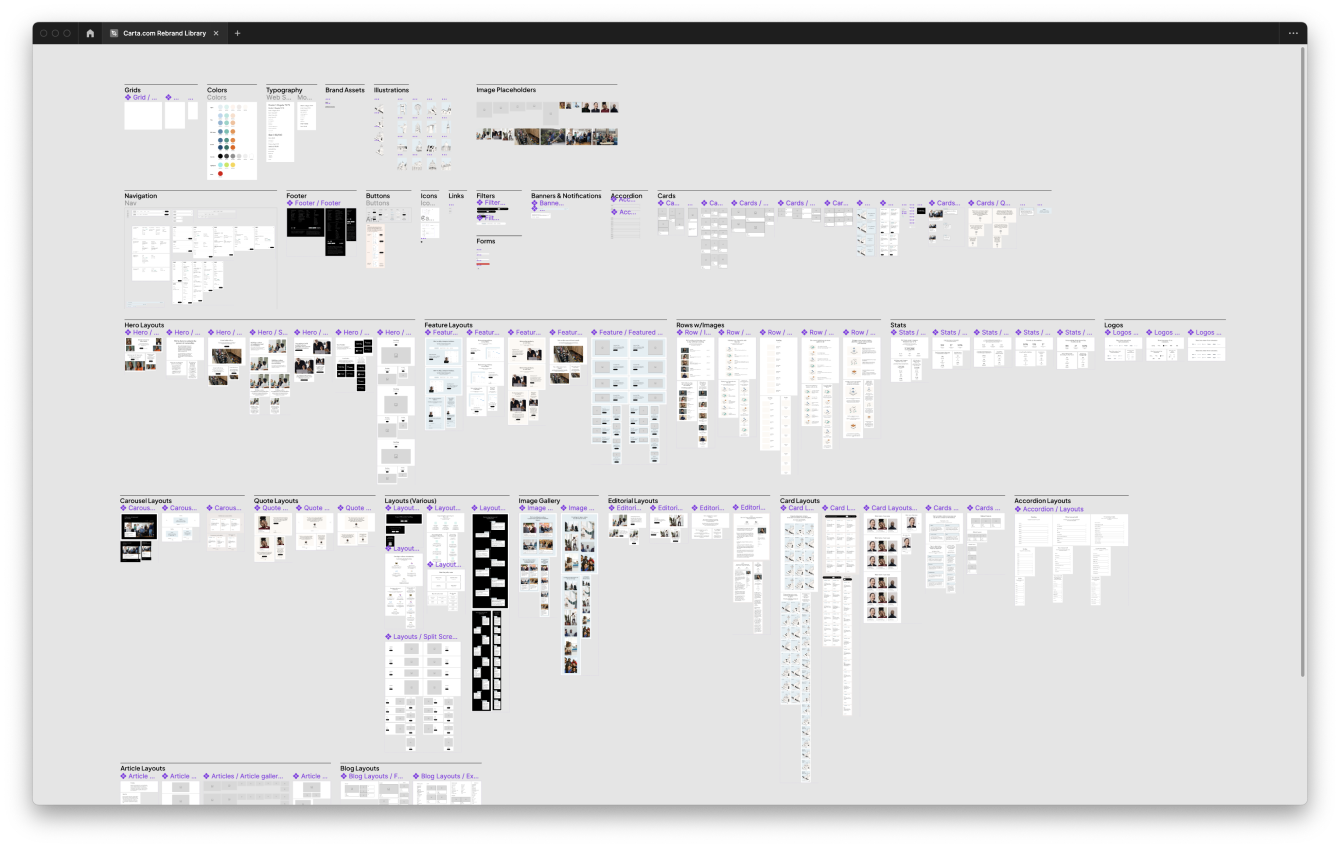
A rebrand to meet the gravity of Carta’s mission
Xuefei and her team strike the perfect balance between the creativity that’s so critical to great design, and the process and automation that’s required for scale. By focusing on plugins, their Design system, and leveraging the power of having everyone in the one solution. Xuefei and her team were able to build a visual representation of Carta’s new scope, and capture how far Carta has come since being a single product in 2013.
The Total Economic Impact of Figma
This Forrester report shows how teams are using Figma and FigJam to speed up their workflows, consolidate their design stack, and build better products.
See how Figma can help you scale design
Great design has the potential to differentiate your product and brand. But nothing great is made alone. Figma brings product teams together in a fast and more inclusive design workflow.
Get in touch to learn more about how Figma can help companies scale design.
We’ll cover how Figma can help:
- Bring every step of the design process—from ideation, to creation, to building designs—into one place
- Accelerate design workflows with shared company-wide design systems
- Foster inclusivity in the product team process with products that are web-based, accessible, and easy to use





